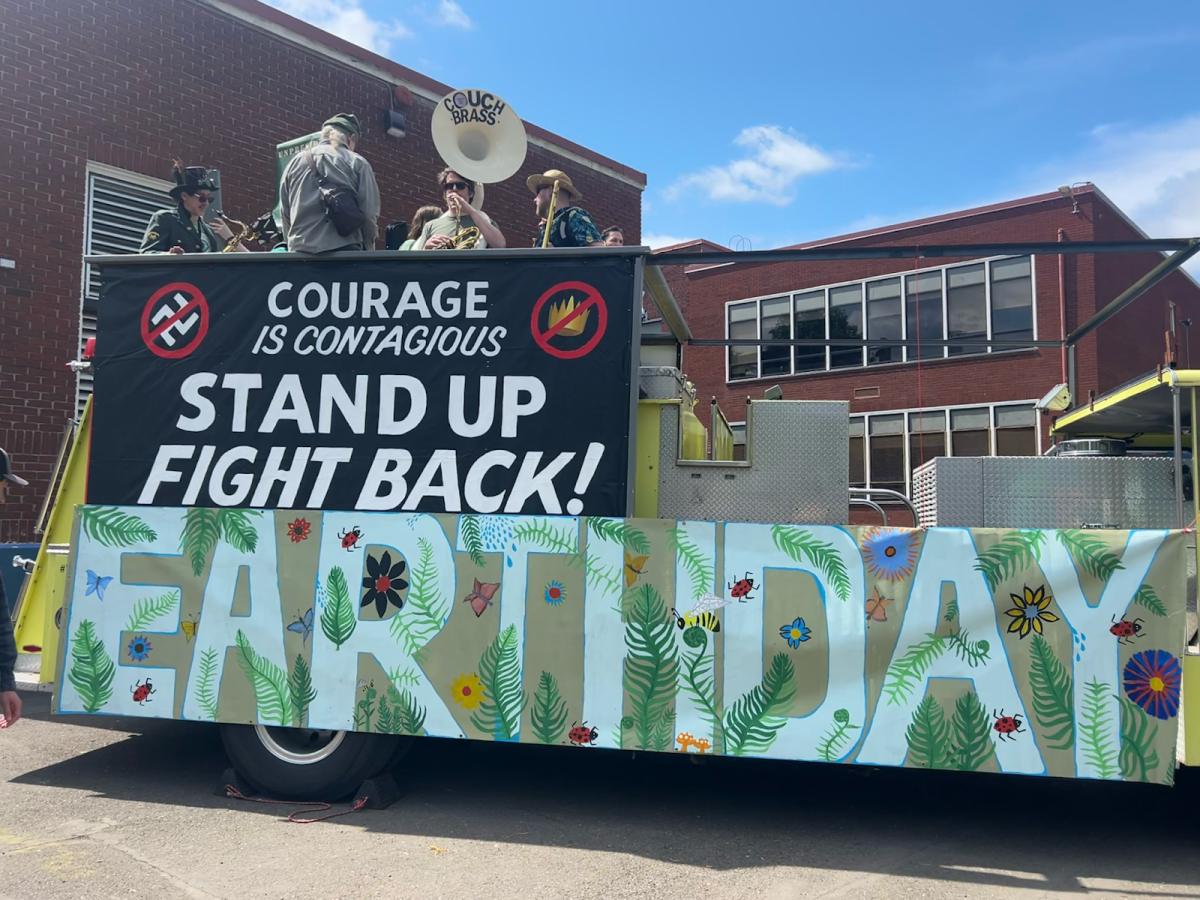
On Feb. 10, 2023, the Centers for Disease Control and Prevention (CDC) released a report, as part of their “Morbidity and Mortality Weekly Report,” highlighting the increase in suicide rates in 2021. After several years of rates trending downwards nationally, the CDC’s data reflects that 2021’s 48,183 deaths by suicide nearly reach the data’s peak in 2018 of 48,344 deaths by suicide.
Out of the age-adjusted 2021 rates, those identified as American Indian or Alaska Native had the highest rate of 28.1 deaths for every 100,000 people, with the highest relative increase of 26 percent from 2018 to 2021. There was an increase of 19.2 percent for suicide rates for those identifying as Black and an increase of 6.8 percent for Latinx identifying people from 2018 to 2021. The only demographic to see a decrease based on the data was people identified as White, which saw a 3.9 percent decrease in suicide rates. Black individuals ages 10-24 faced the most dramatic increase among the age group, a 36.6 percent increase in relative suicide rates from 2018 to 2021.
“Distance learning increased social isolation for a whole calendar year for all students including college students some of which are still online. Social isolation increases stress and deppression which can lead to thoughts about suicide,” explains Jed McClean, one of Franklin’s social workers. He notes that anxiety and depression, as well as the use of mental health services at Franklin, seem to be at all time high rates in comparison to previous years.
The 2018 data reflects suicide rates from before the COVID-19 pandemic and extended periods of quarantine. The CDC explains that during a disaster, suicide rates may stay stable or decrease only to increase afterwards as a result of the long-term impacts of such a disaster. Americans are still facing COVID-19 daily with long-term effects of the pandemic such as financial instability, housing insecurity, loss of social connections, substance use, and mental health issues.
The CDC report explains that “[s]uicide is a complex problem related to multiple risk factors such as relationship, job or school, and financial problems, as well as mental illness, substance use, social isolation, historical trauma, barriers to health care, and easy access to lethal means of suicide among persons at risk.” The report also explains that “[a]mong disproportionately affected populations where longer-term impacts might compound preexisting inequities in suicide risk,” the rate of suicide deaths has increased. “Black and Indigenous populations were more severely impacted by COVID and lack of resources including healthcare, treatment, and rent and utility assistance, especially in Portland. With that comes higher levels of stress,” McClean continues. “[O]ur BIPOC students continue to experience the most significant barriers to accessing culturally specific therapy compared to other student demographics.”
In 2021, the Oregon Health Authority reported that the second leading cause of death for ages 15-24 was suicide. While in recent years Oregon has passed monumental mental health legislation for young people, there is much more than can be done.
































